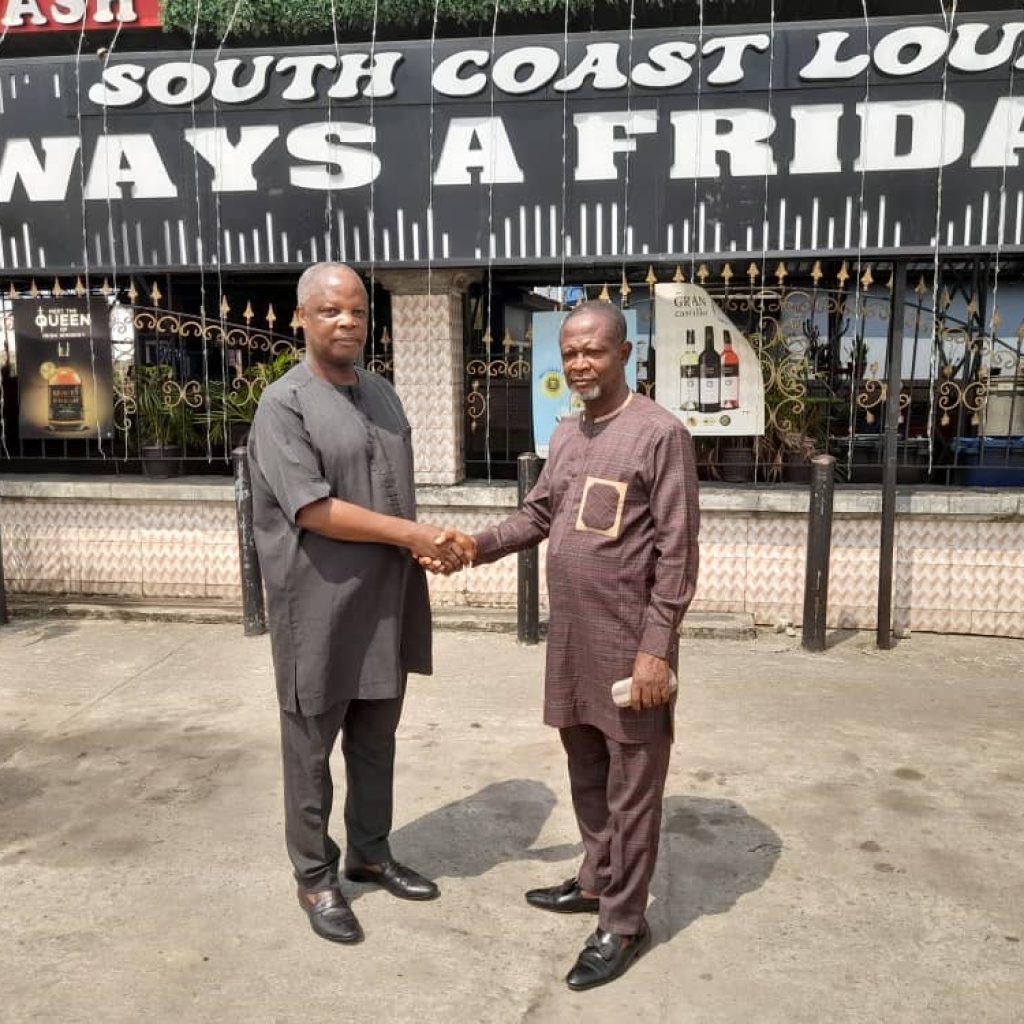
The Senior Special Assistant (SSA) to Bayelsa State Governor on Tourism and Facilitator of the South South Tourism Roundtable Initiative, Dr. Piriye Kiyaramo says
nightlife tourism contributes to the host city’s economy and cultural diversity by offering a wide range of experiences for residents and visitors alike.
Dr. Kiyaramo stated this when he visited a popular nightlife spot in Yenagoa, the South Coast Lounge as part of his routine visits to hospitality and tourism enterprises in the state capital, maintained that nightlife tourism equally provides opportunities for people from different backgrounds or co-ethnic communities to interact and bond to build a sense of satisfaction while spending quality time with their friends and relatives.
He noted that hanging out at night or weekend was a great stress reliever which possibly relaxes one’s mind just as it gives people the chance to meet different people and engage in conversations may lead to business transactions and collaborations.
According to him: “Nightlife is a collective term used for entertainment that is available and more popular from the late evening into the early hours of the morning which includes pubs, bars, nightclubs, parties, live music, concerts, cabarets (entertainment held in a nightclub or restaurant, while the audience eat or drink at tables), theatre, cinemas, and shows at venues that often require a cover charge for admission.”
While reiterating the need for safety and security measures to put in place for crime prevention at night, Dr. Kiyaramo stressed that: “In global tourism practice, security and safety which though may be complex with a wide range of components, including consumer protection, legal protection of tourists, environmental security, disaster protection, data safety, personal safety in communication, quality assurance of services are always given priority attention to avoid embarrassing situations that could damage the destination’s image.
The governor’s aide pointed out that a tourist destination is usually composed of a multitude of characteristics that could contribute to the success of a dynamic co-creation process that would increase the destination’s competitiveness in the tourism sector such as attractions, accessibility, amenities, available packages, activities, and ancillary services.
“One reason why we have to promote nightlife tourism in destination is because it is fun and a social activity. People enjoy spending time with their friends and loved ones. Partying at night is a great way to do so. It’s also a chance to let loose and release possible inhibitions, which could be especially appealing after a long week of work or business activities.
Though the e purpose of nightlife tourism may vary depending on individual preferences and cultural context, but generally, nightlife provides ample opportunity for socializing, entertainment, relaxation, and enjoyment after the usual working hours in the day.
While conducting the Senior Special Assistant to the Governor on Tourism round his facility, Managing Director and CEO of South Coast Lounge, Rear Admiral Thomas Lokoson (rtd) assured that the Lounge which boasts of a club, live music performances and meeting halls, was safe and secure to hangout in the night, informing that the facility which has a staff strength that is above 100 workers including bouncers, security personnel, bar tenders, waiters and waitresses, DJs, cleaners, supervisors, hypemen and managers.

“We also have a live band that entertains our customers on specific days in the week, apart from the standard night club and other services that we give out to vendors such as the restaurant, suya spot, pepper soup stand, roasted fish spot, snooker, a safe POS point, shawammar spot, dog meat, bread and a world class boutique,” Rear Admiral Thomas Lokoson said.
Also speaking a senior special assistant to the governor on New Media, Mr. Dave Asei stressed on the need for massive promotions for the hospitality industry, adding that tourism creates jobs as well as strengthens the local economy, while contributing to local infrastructure development, helping to conserve the natural environment, cultural assets, traditions, and to reduce poverty and inequality among the citizenry.
